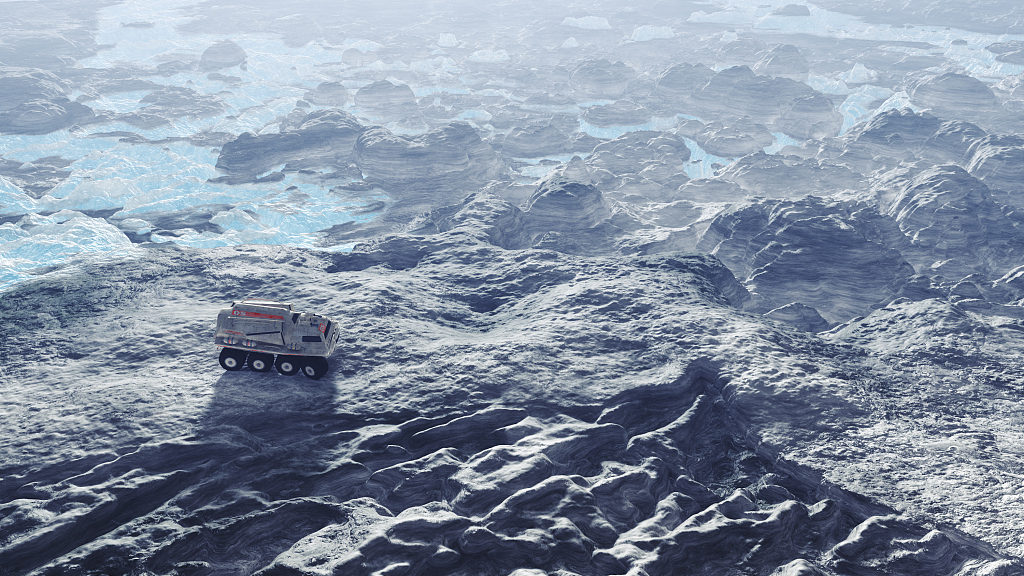

A recent study has challenged the commonly held belief that icy planets are inhabitable. According to its findings, some Earth-like planets with freezing temperatures may have areas of land near their equators that could sustain life.
"You have these planets that, traditionally, you might consider not habitable, and this suggests that maybe they can," said Adiv Paradise, an astronomer and physicist at the University of Toronto and top co-author of the study.
The Earth has gone through one to three frozen phases in its history, and there is evidence to support the theory that ancient microorganisms survived at least one of those ice ages, geologists say.
"We know that Earth was habitable through its own snowball episodes because life emerged before our snowball episodes and life remained long past it," Paradise said. "All of our life was in our oceans at that time."
Paradise's team is working on identifying whether areas of land on these icy planets could reach the life-sustaining temperature. The Toronto scientists have run thousands of computer simulations to explore the temperature fluctuations on the planets.
They found that many of the Earth-like planets could be considered as "large unfrozen areas of land" though they are still frozen.
According to their model, the summer temperatures could reach "in excess of 10 degrees Celsius," which is adequate to sustain life.
The findings suggest that the boundary between a habitable and inhabitable zone is not as definite as geologists once believed.
The research has recently been published in the Journal of Geophysical Research.

Copyright © 2018 CGTN. Beijing ICP prepared NO.16065310-3
Copyright © 2018 CGTN. Beijing ICP prepared NO.16065310-3